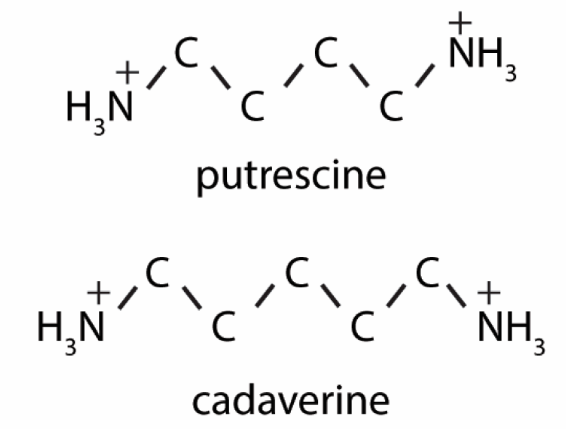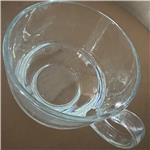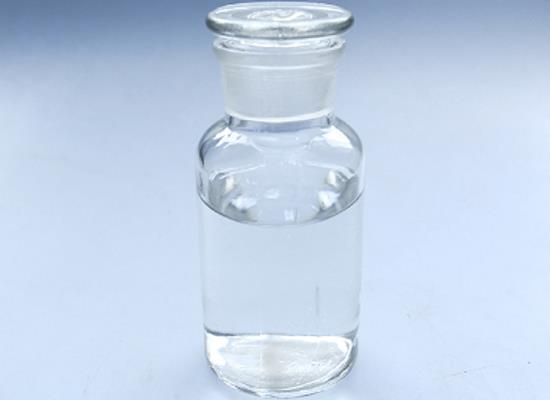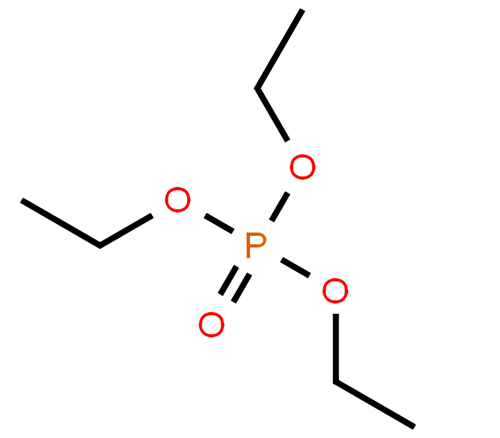Putrescine and cadaverine
Putrescine (butane-1,4-diamine) and cadaverine (pentane-1,5-diamine; 1,5-Diaminopentane) are foul-smelling compounds produced when amino acids decompose in decaying animals. They are also found in small amounts in living cells. L. Briege and O. Bocklisch isolated both compounds in 1885, and A. Ladenburg prepared them soon afterwards.

Putrescine is a four-carbon alkane-alpha,omega-diamine. Putrescine is formed by the decarboxylation of ornithine and arginine and is responsible for the foul odour of putrefying flesh. It has a role as a fundamental metabolite and an antioxidant. Cadaverine is a five-carbon, aliphatic diamine synthesized by the decarboxylation of lysine. It is less toxic than histamine and tyramine and can cause adverse effects such as hypotension and bradycardia when consumed via the digestive route.
Bacteria use diamines, like cadaverine or putrescine, generated by the decarboxylation of lysine or arginine, to buffer the pH of their environment.
[1] Tünde Kovács. “Cadaverine, a metabolite of the microbiome, reduces breast cancer aggressiveness through trace amino acid receptors.” Scientific Reports (2019): 1300.
References:
[1] TüNDE KOVáCS. Cadaverine, a metabolite of the microbiome, reduces breast cancer aggressiveness through trace amino acid receptors.[J]. ACS Applied Electronic Materials, 2019. DOI:10.1038/s41598-018-37664-7.You may like
Related articles And Qustion
See also
Lastest Price from 1,5-Diaminopentane manufacturers

US $10.00/KG2025-04-21
- CAS:
- 462-94-2
- Min. Order:
- 1KG
- Purity:
- 99%
- Supply Ability:
- 100 mt

US $10.00/KG2024-10-11
- CAS:
- 462-94-2
- Min. Order:
- 1KG
- Purity:
- 99.%
- Supply Ability:
- 10 ton




